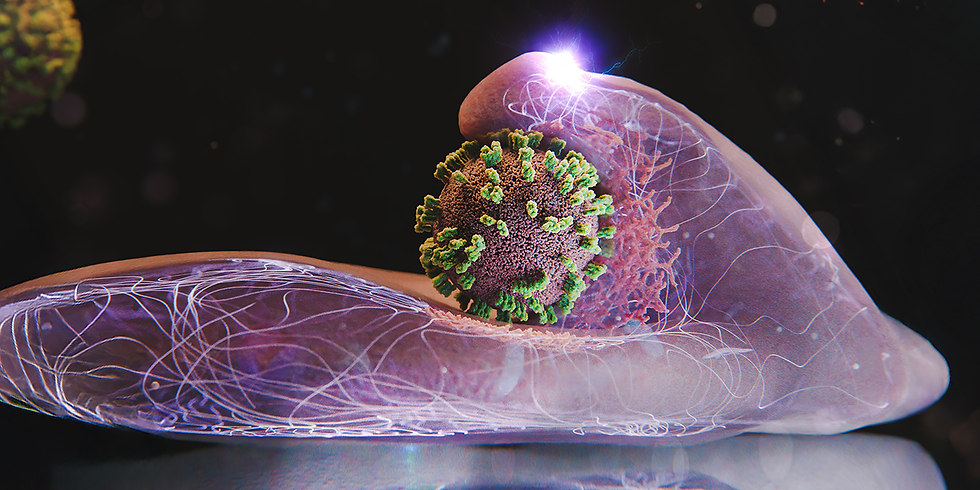Natural protection from malaria found in mice
- Helena Pinheiro
- Jun 23, 2025
- 1 min read
Updated: Jun 24, 2025

Researchers in Portugal have discovered a defence mechanism in mice against the parasites that cause malaria, opening doors to potential therapeutic strategies.
Malaria often causes jaundice, a yellowing of the skin and eyes due to the accumulation of bilirubin - a natural yellow pigment typically considered a waste product of the body.
Scientists at EARA Member Gulbenkian Institute for Molecular Medicine found that mice with high levels of bilirubin in the blood were protected against the Plasmodium parasites which cause malaria, while mice that lacked a protein that is essential to produce bilirubin died from the disease. When treated with bilirubin, the mice lacking this protein survived. The researchers discovered that bilirubin enters the parasite’s cells and blocks their ability to divide and form new parasites.
Next the researchers plan to explore if this occurs in other infectious diseases and to apply this finding to the development of new malaria therapeutics.
“This discovery opens doors to explore to what extent this natural defence strategy of the organism can be used therapeutically,” said Miguel Soares, leader of the team responsible for the study published in Science.



